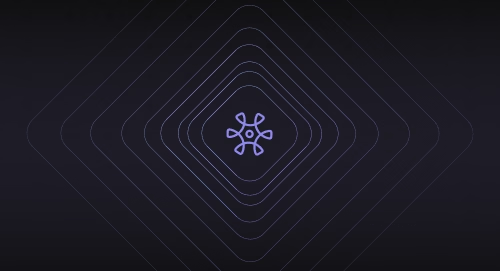Beyond the Score: Why CSAT Measurement Fails Without Qualitative Context
Most teams still measure customer satisfaction with a single number that tells them almost nothing when it matters most.
Here's the fundamental problem: traditional CSAT measurement captures the what (a numeric rating) but completely misses the why (the context, emotion, and specific drivers behind that rating). When a customer rates their satisfaction as 3 out of 5, that number alone reveals nothing about whether they're frustrated with delivery times, confused by product features, or disappointed by support responsiveness.
This is where clean data collection combined with real-time qualitative analysis transforms CSAT from a lagging indicator into a strategic asset. Sopact's platform doesn't just collect satisfaction ratings—it captures, analyzes, and correlates both quantitative scores and qualitative feedback in a unified workflow that keeps data clean, connected, and analysis-ready from day one.
The difference between reactive satisfaction reporting and proactive product improvement starts with infrastructure that captures context, not just numbers. When every CSAT score connects to the customer's complete journey—previous interactions, support history, product usage patterns, and open-ended explanations—you can finally answer the questions that numeric scores alone never will: Why are customers dissatisfied? Which factors drive satisfaction most strongly? What specific changes will improve scores?
★ What You'll Learn in This Article
- 1 How to design CSAT surveys that capture context-rich feedback by pairing quantitative ratings with qualitative explanations that reveal satisfaction drivers—not just scores
- 2 Why persistent unique IDs eliminate the 80% cleanup problem by linking every satisfaction touchpoint to complete customer history, preventing fragmentation that makes analysis impossible
- 3 How to analyze qualitative CSAT feedback in real-time using Intelligent Suite—extracting themes, sentiment, and specific drivers from open-ended responses as customers submit them
- 4 Which satisfaction dimensions predict retention better than overall scores by correlating CSAT at specific touchpoints (onboarding, support, product usage) with customer outcomes
- 5 How to shorten CSAT analysis cycles from months to minutes through automated reporting that combines numeric trends with qualitative explanations in continuously-updating dashboards






